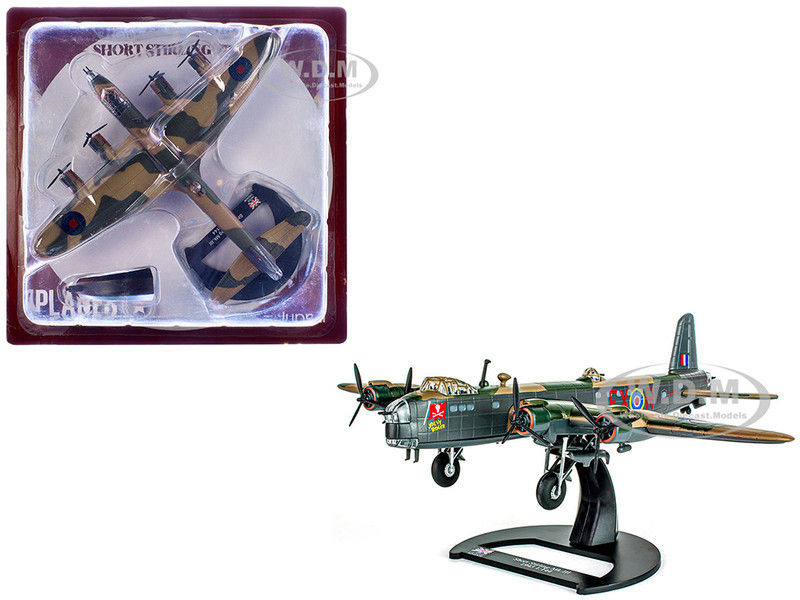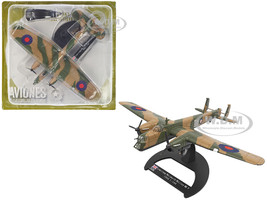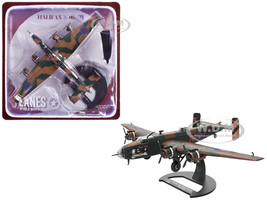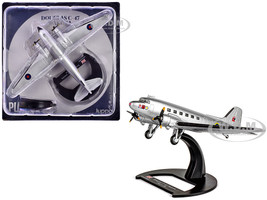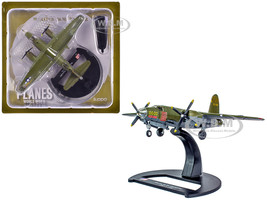- Home
- Military Models
- Short Stirling Mk.III Aircraft "Jolly Roger, No. 199 Squadron, 100 Group" (1943) British Royal Air Force "Planes of World War II" Series 1/144 Diecast Model Airplane by Luppa
Short Stirling Mk.III Aircraft "Jolly Roger, No. 199 Squadron, 100 Group" (1943) British Royal Air Force "Planes of World War II" Series 1/144 Diecast Model Airplane by Luppa
Product Description
- Brand new 1/144 scale diecast airplane model of Short Stirling Mk.III Aircraft "Jolly Roger, No. 199 Squadron, 100 Group" (1943) British Royal Air Force "Planes of World War II" Series die cast model by Luppa.
- Brand new box.
- Detailed exterior.
- True-to-scale detail.
- Comes with a display stand.
- This model does not have any openings.
- Made of diecast metal with some plastic parts.
- Dimensions approximately L-7.25, Wingspan-8.25 inches.
- Diecast metal and plastic construction for durability and a heavy, realistic feel.
HISTORY ASPECTS:
The Short Stirling Mk.III "Jolly Roger," operated by No. 199 Squadron of the 100 Group, Royal Air Force, played a vital role in the electronic warfare and special operations missions during World War II. First introduced as the Royal Air Force's first four-engine heavy bomber, the Stirling was initially used for strategic bombing missions. However, by 1943, it had been reassigned to specialized units such as No. 199 Squadron, 100 Group, which was tasked with countermeasures and electronic warfare operations. The "Jolly Roger" was a part of this crucial effort to protect Allied bomber formations and disrupt enemy radar and communication systems.
No. 199 Squadron, formed in November 1942, became a part of the 100 Group in 1943, which focused on electronic warfare and radar countermeasures. The "Jolly Roger," with its distinctive nose art, was equipped with various electronic devices and jamming equipment that were cutting-edge for the time. The aircraft flew missions primarily over Germany and occupied Europe, where it provided electronic support to the bomber stream by jamming German radar systems and communications, misleading enemy fighters, and ensuring that the main bomber forces could reach their targets with reduced opposition. The Stirling's capability to carry both electronic warfare equipment and a reasonable bomb load made it invaluable in these roles.
Despite its relatively short operational lifespan in frontline bombing roles due to its limited high-altitude performance, the Stirling proved indispensable in the electronic warfare role. The "Jolly Roger" and its crew were involved in several key operations, including support for the Allied invasion of Normandy (D-Day) in June 1944. The electronic warfare missions helped to create confusion among German defenses, contributing significantly to the overall success of the invasion. The "Jolly Roger" continued to serve in this capacity until the end of the war, exemplifying the adaptability and resourcefulness of the RAF in maximizing the effectiveness of its available aircraft.
With precise detailing, this 1:144 scale model captures the unique characteristics of the Stirling and the spirit of its electronic warfare missions over Nazi-occupied Europe. This replica is an essential piece for any World War II aviation collection, offering a glimpse into the innovative and covert aspects of the air war that were crucial to the Allied victory.
 Loading... Please wait...
Loading... Please wait...

